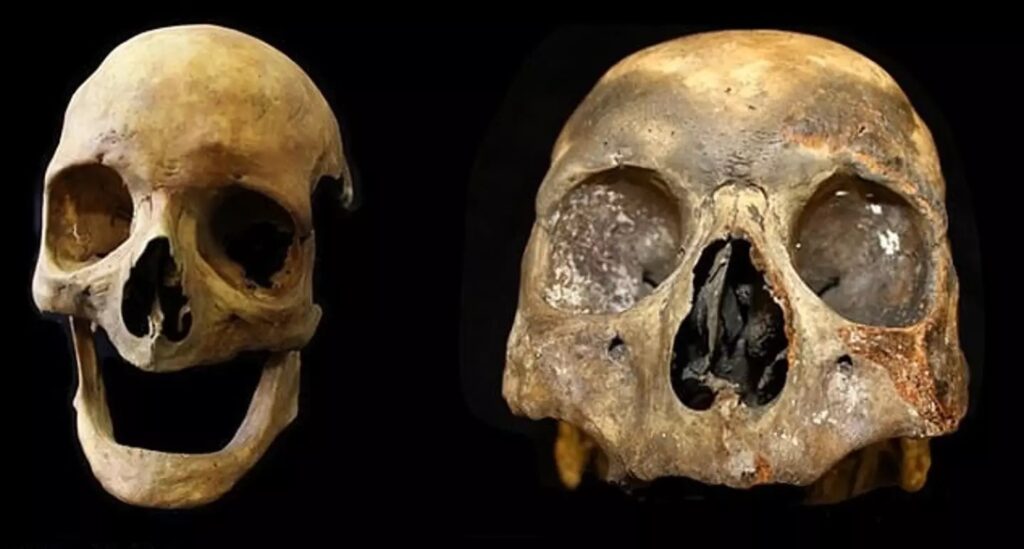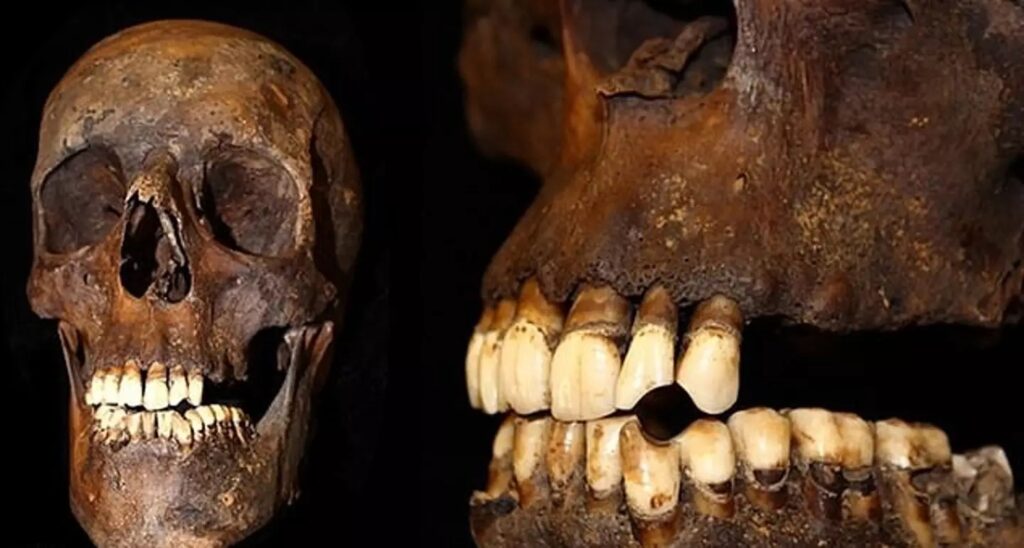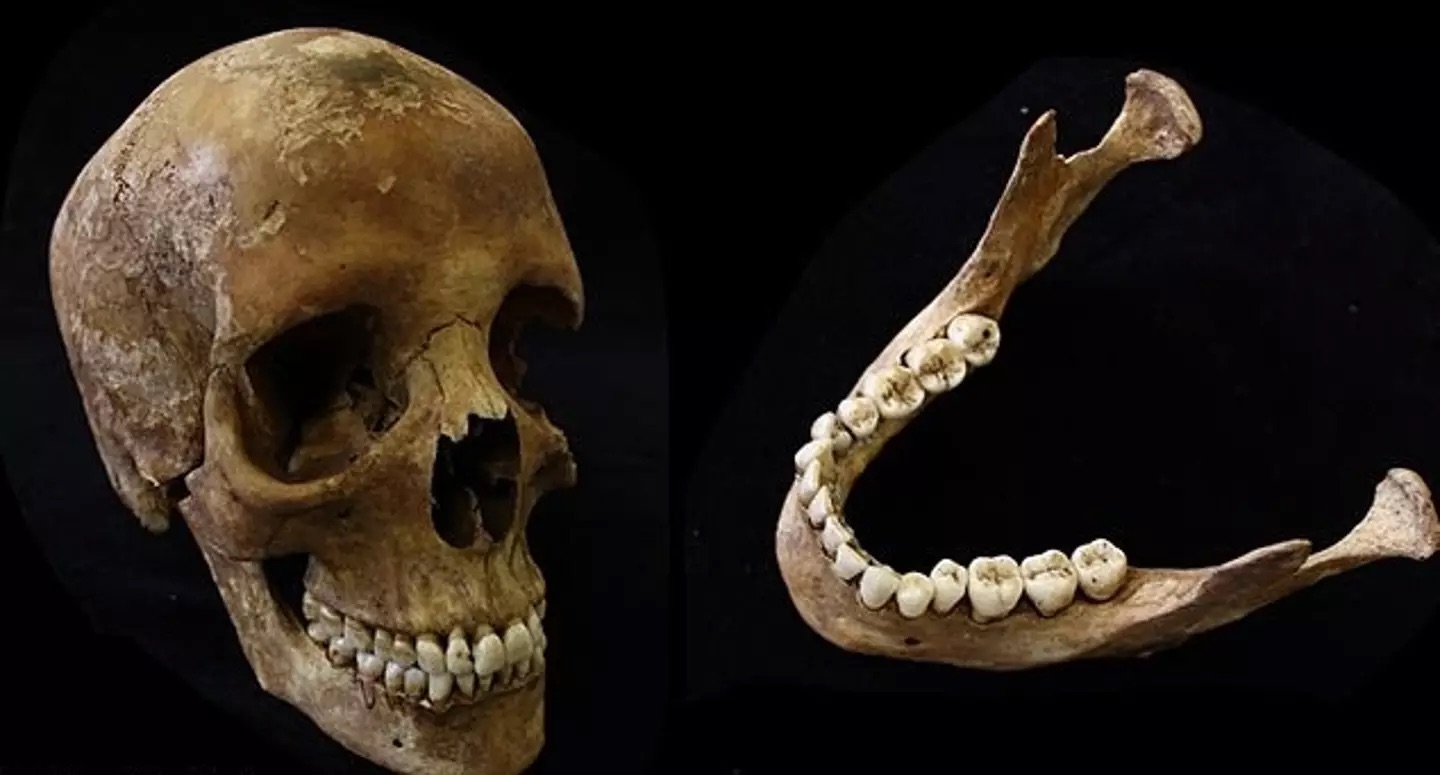A recent study explored the harmful effects of smoking on the body, both in the past and present. Researchers from the University of Leicester examined the long-term impact of smoking on bones, sharing images that illustrate its damaging consequences. According to NHS data, smoking was responsible for approximately 74,600 deaths in the UK in 2019, accounting for 15 percent of all fatalities.

Scientists analyzed the remains of over 100 individuals buried in England between AD 1150 and 1855. This innovative research aimed to link historical health conditions to modern patterns. The time period coincided with the introduction of tobacco to Western Europe in the 16th century, notably when Sir Walter Raleigh brought tobacco to England from Virginia in 1586, although it had been cultivated earlier.
The study revealed that tobacco smoke leaves chemical traces in teeth that persist indefinitely, causing staining and damage. Lead researcher Dr. Sarah Inskip explained, “Our research highlights significant molecular changes in the bones of historical tobacco users compared to non-users, showing how tobacco use affects bone structure.”
While the study acknowledged the health effects of tobacco, it also noted that the impact on bones over long postmortem periods had not been thoroughly studied. Human osteoarchaeological remains retain small molecules, making them useful for examining past health conditions.

The researchers sought to identify molecular differences in the bones of tobacco users compared to non-users and determine if these differences could reveal unknown tobacco users. The study found that tobacco use leaves a detectable metabolic imprint in bones, offering insights into both historical and modern health trends.
The full study, titled “Archaeometabolomics characterizes phenotypic differences in human cortical bone at a molecular level relating to tobacco use,” can be found in Science Advances.
